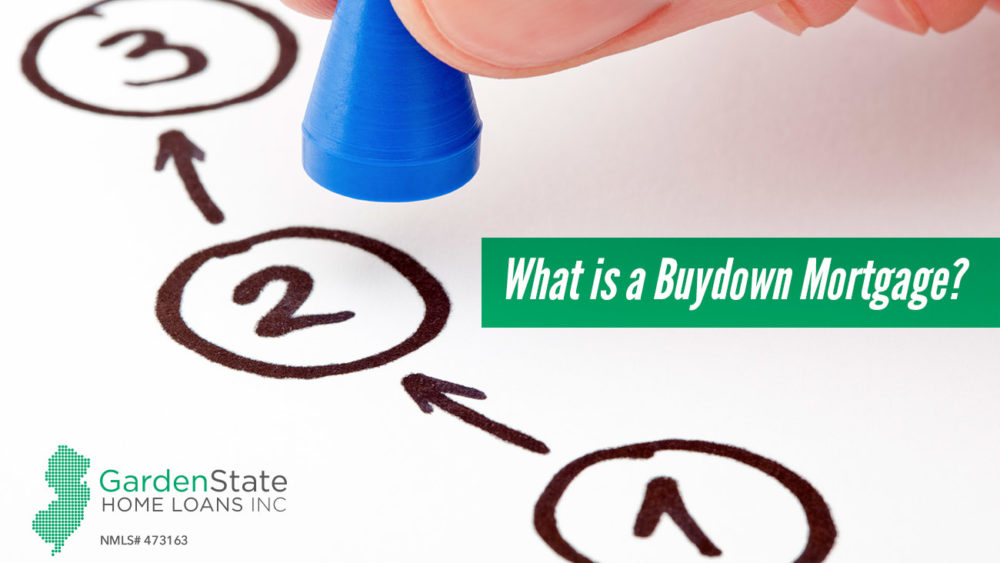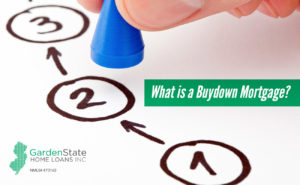Buydown Mortgages
There are many different options when it comes to payment for a mortgage loan. One of those options is a mortgage buydown. A mortgage buydown has upfront cash payments that reduce the borrowers’ monthly mortgage payments on their loan. Mortgage buydowns include principal and interest in each monthly payment. This means that during the life of the loan, the loan balances grow smaller instead of bigger. The builder or the seller of the property usually provides payments to the lender, which lowers the buyer’s monthly interest rate and mortgage payment. However, the seller will usually increase the home’s price to compensate for the extra cost of the buydown. While there are a few different types of mortgage buydowns, the two most popular are a 3-2-1 buydown and a 2-1 buydown.
3-2-1 Buydown
A 3-2-1 buydown is a 30-year fully amortized mortgage. For the first three years of the loan, the interest rate increases by one percent. Afterward, the interest rate is fixed for the remainder of the loan term. This is sometimes used as a method to help borrowers who have excess cash, but a relatively low income. A 3-2-1 buydown is similar to paying points to lower the interest rate on a mortgage. However, a 3-2-1 buydown is only temporary. A lender will typically require a higher down payment for a 3-2-1 buydown.
2-1 Buydown
A 2-1 buydown is much like a 3-2-1 buydown. It is a 30-year fully amortized mortgage. However, with a 2-1 buydown, the interest rate only rises for the first two years before the rate is locked for the remaining terms. Often, for a 2-1 buydown, the cost of the buydown is calculated and then placed into an escrow account. Afterward, a monetary payment is withdrawn from the account equal to the difference in the temporary mortgage payment and what the mortgage payment will eventually be. A lender will typically require a lower down payment for a 2-1 buydown.



Comments are closed.